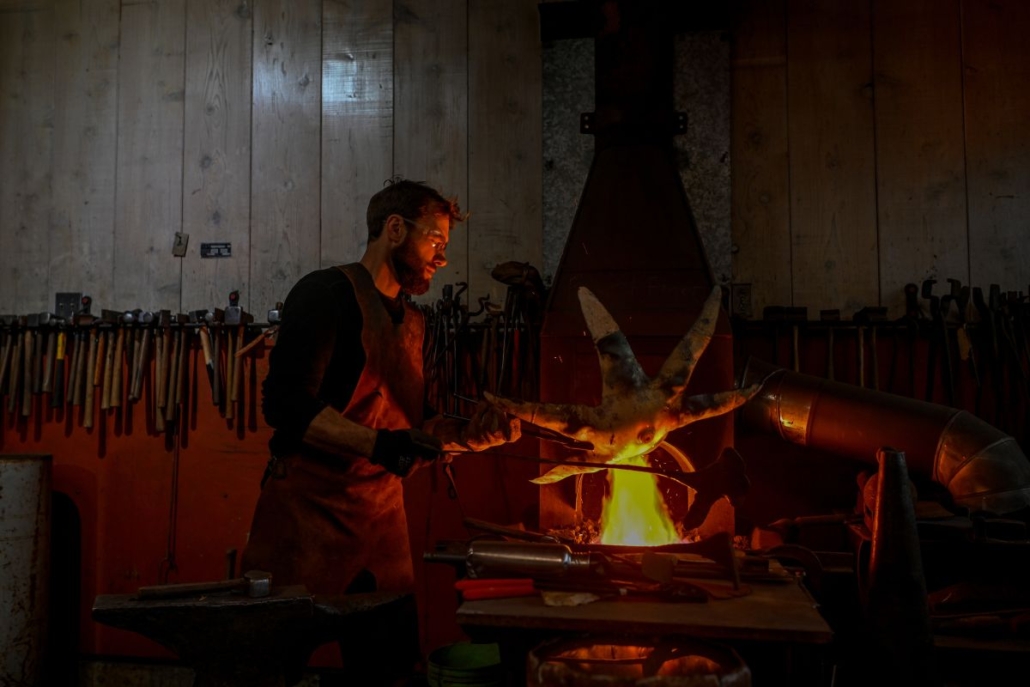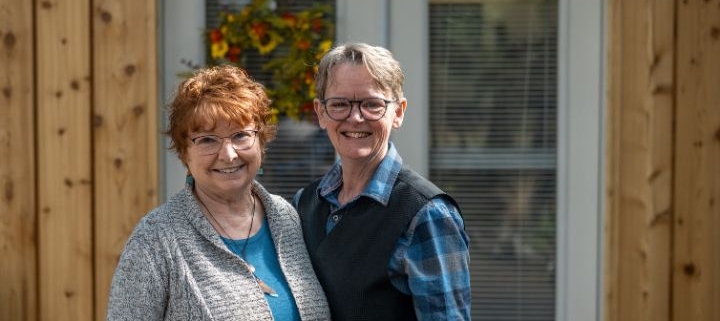San Juan Island Artists: River and Luna Wylde
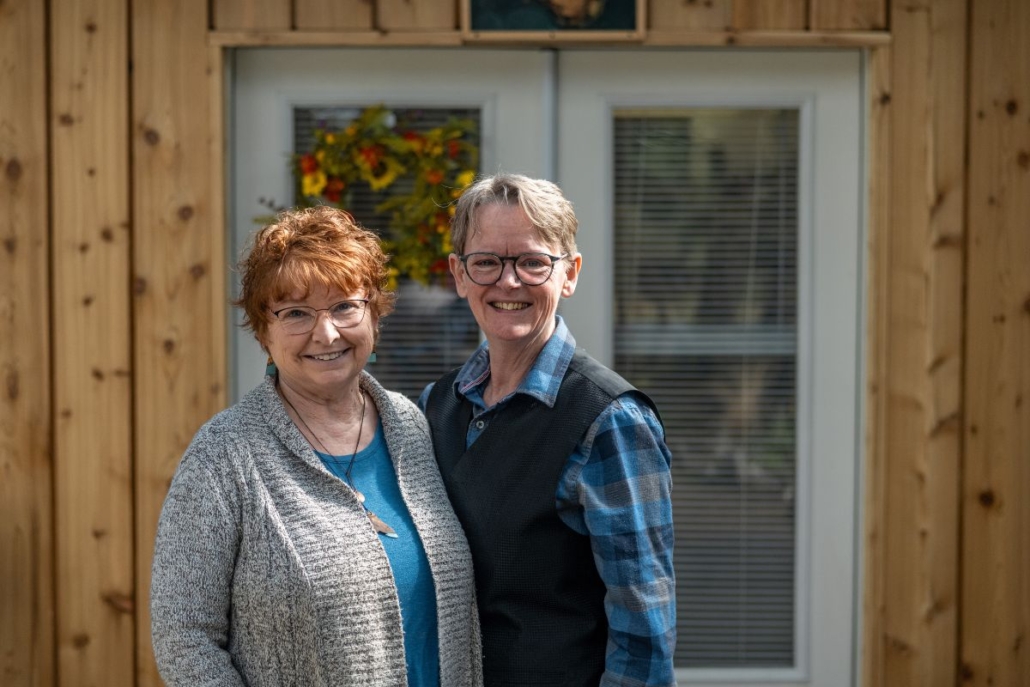
Their work has been called ‘petable’ art. While the initial base of island wood tends to be rough and splintered, the finished products are buttery smooth. They can be found in kitchens, offices, and wardrobes. Made by San Juan Island artists, River and Luna Wylde, these colorful pieces are as intriguing as they are functional.
The pieces range from charcuterie boards to tables and earrings. They make coasters, which are always a crowd-pleaser, and stunning sushi trays. Their Pride charcuterie boards are rainbow masterpieces, and their keychains are elegant and distinctive.
River and Luna work from their home studio, a retrofitted garage nestled on the southern tip of San Juan Island. The space smells of woodchips. It’s flooded with warmth and soft music. It’s frequented by the shop assistant cat, Fynn.
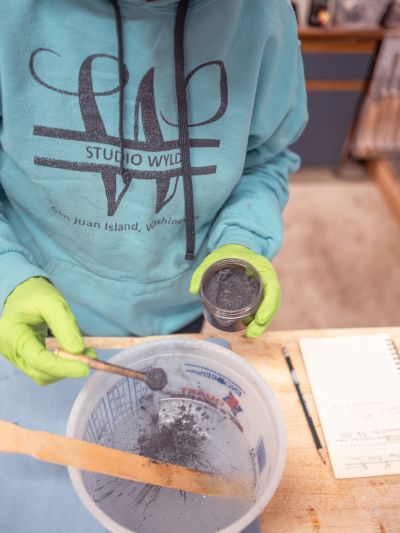

Being island-resident artists was, “the realization of a dream,” says River. The Wylde wives had long planned to call San Juan Island home. Formerly teachers in Portland, Oregon, they’d often visited the island. In fact, they visited the very house they own today.
“Several years ago we toured the house when it was on the market and loved it. But we weren’t ready to move yet. We wanted to let our youngest graduate high school first,” recalls Luna.
Today, they’re proud to call San Juan Island — and the house they’ve long loved — home.
While Luna continues to teach, River has taken on the role of a full-time artist. She sources wood on-island, harvesting it on approved beaches and sourcing it from local mills. The wood is then cut to size and placed in a mold.
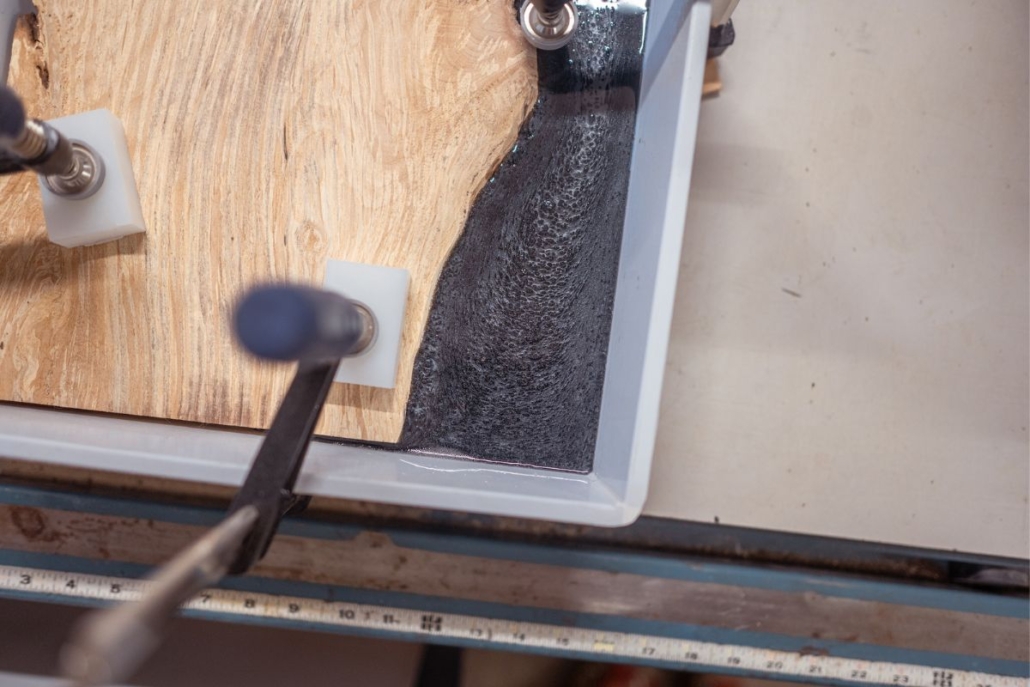
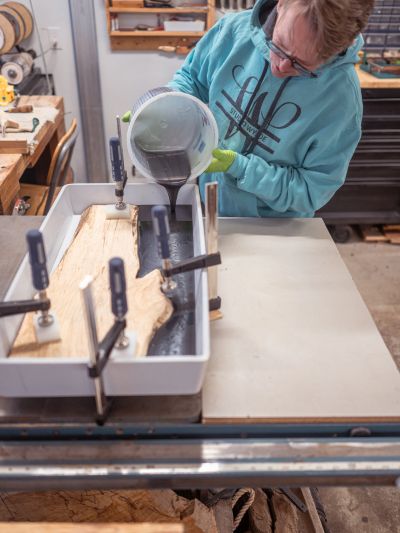
“We have different standard mold sizes, including 10-inches by 18-inches and 12-inches by 24-inches. But we also do a wide variety of custom pieces, the size of which is really only limited by the size of our studio,” explains River.
River then closely guesstimates how much resin is needed to fill in the remaining space. Every crevice that isn’t filled with wood is filled with resin, creating a solid surface. Once the resin is mixed and poured, it takes 72 hours to cure, during which time no work can be done in the studio. Any grit cast into the air could be trapped in the resin, permanently altering the finished product.
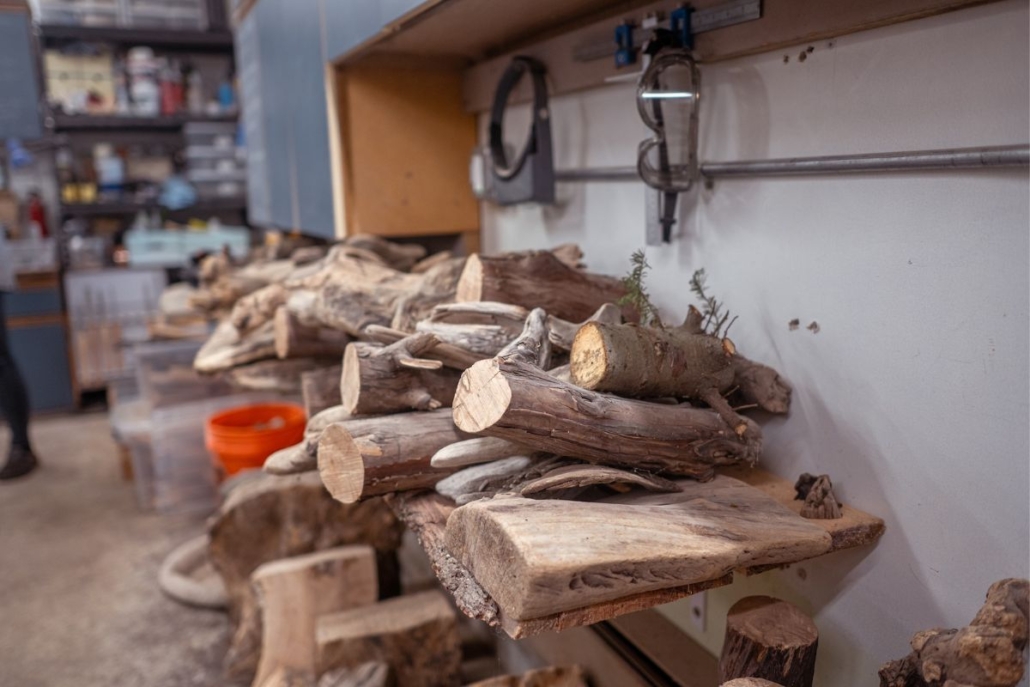
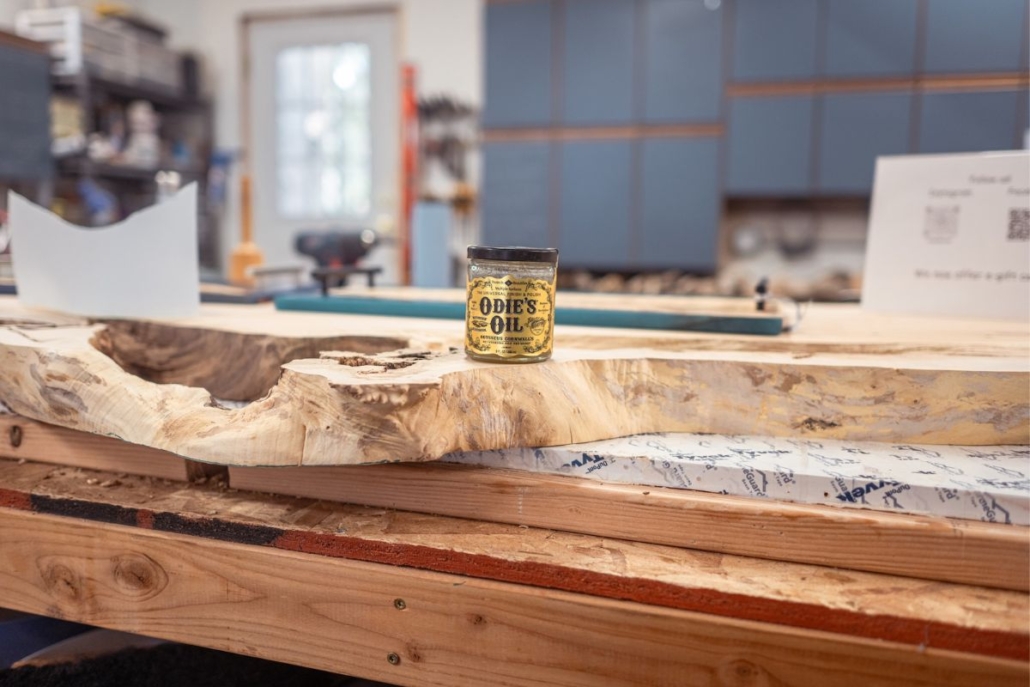
The hardened pieces are then sanded, first by an industrial sander at a local artist co-op. And then hand-sanded in the studio until they are buttery smooth. “That’s when we bring out ‘The Magic,’ which is Odie’s Oil,” says Luna.
“It brings out the most beautiful grains. It’s natural and organic. It has no solvents. It’s food-safe. And, it bonds and seals to the wood in such a way that the finished product is completely waterproof,” says River. While the women don’t recommend submerging their pieces in water or running them through the dishwasher, they can easily be cleaned with soap and warm water.
What happens to the extra resin when River over-guesstimates?
River has begun turning any extra resin into bowls. It’s both an economically and ecologically-friendly move. “We pour the extra resin into disposable molds and then we turn and sand it down into bowls.”
Where does Luna’s artistic magic come into play? She’s the brilliant mastermind behind the earrings, necklaces, rings, and keychains. Together, these two certainly make magic and spread love. Their work is available online through their website.
Discover More Island Artists
Printshop Northwest

Orcas Island Blacksmith
